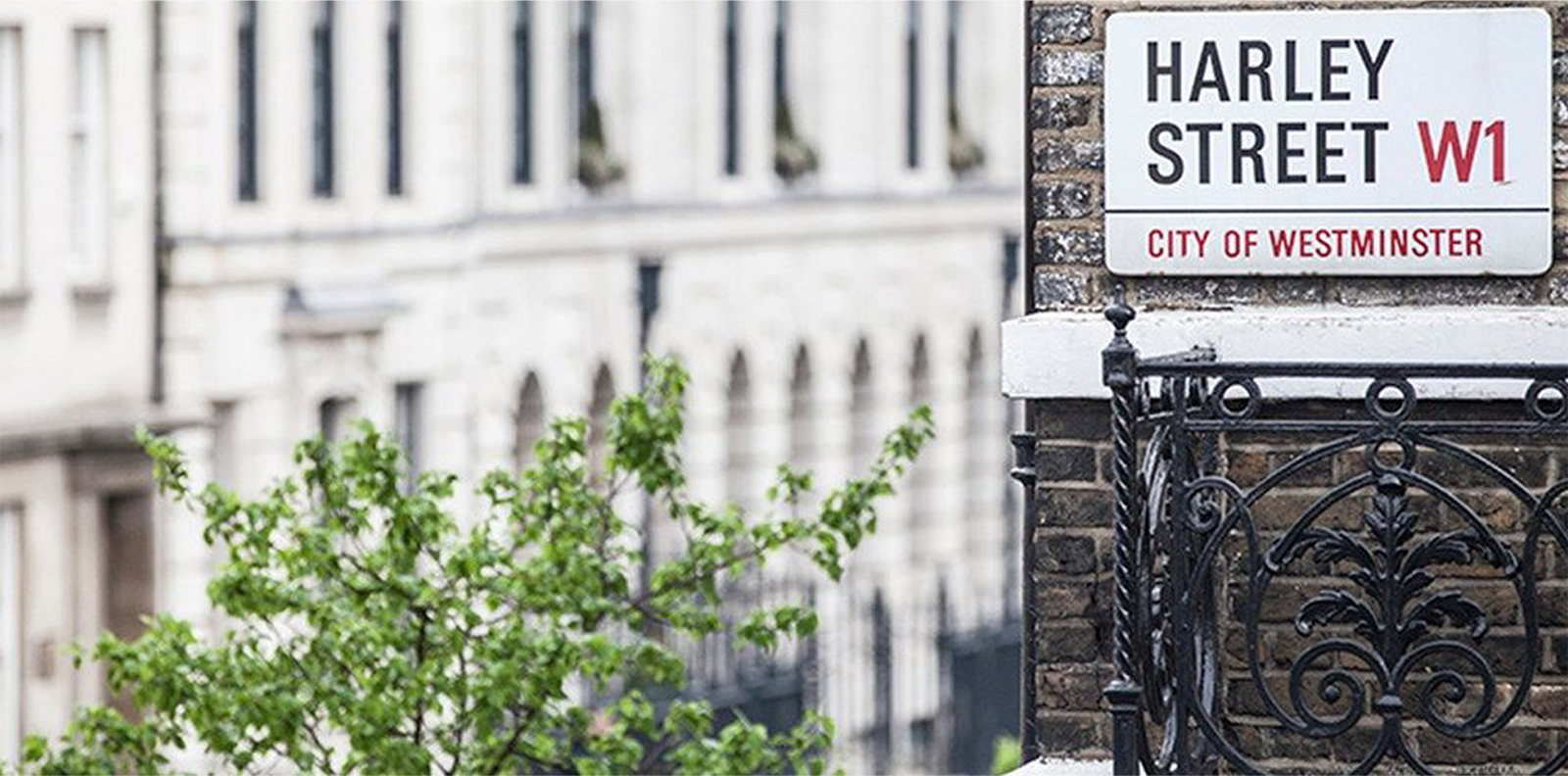



111 Harley St. are rated an average of 5 out of 5 based on 1376 reviews
Facelifts are one of the most sought out for procedures for men in our clinic because of the immense anti-ageing effects they produce. Combined with the skill and expertise of Dr Yannis, one of the best Male Facelift Surgeons in London, he creates natural enhancements to the facial features, focusing on establishing definition and youthfulness.
The Aesthetic Society reports that there’s been a 55% increase in men seeking out Plastic Surgery and, in our clinic, we have noticed a rising popularity of Facelifts, Jawline Augmentation, and Rhinoplasties in our male patients. Yet, when it comes to our all our Facelift patients – male, female and non-binary – we see many of the same concerns and aesthetic goals reoccurring. Their desires range from diminishing wrinkles, to creating jawline definition, reducing nasolabial folds and tightening the neck muscles. Many of our patients have expressed a significant drop in their appearance which has no continuity with how well and healthy they feel within, so they come to us to help equalise these two conflicting elements.
What can be agreed upon is that wanting to feel and look your best is a collective aspiration, and Facelifts are just the procedure to help you achieve a new-found vitality. We take a unique approach to each surgical plan, as while we understand the universal goal to look younger, each face is different and each patient has their own aesthetic preferences. This is why Dr Yannis will work tirelessly to help you achieve your goals and ensure that you can enjoy the effects of your Facelift for a long time, and still look like yourself – just much more rejuvenated. With Dr Yannis’ immense finesse and knowledge of aesthetics, he can help bring your anti-ageing goals to life.
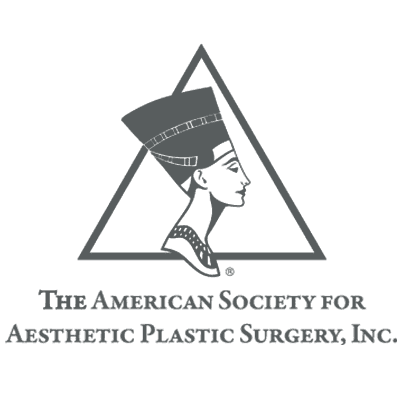
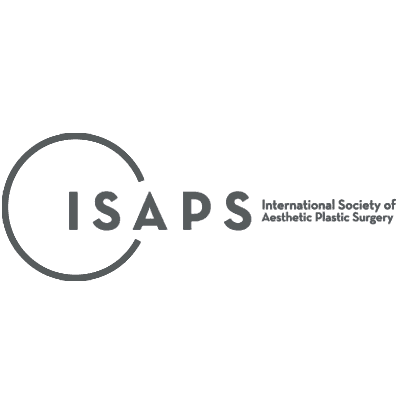
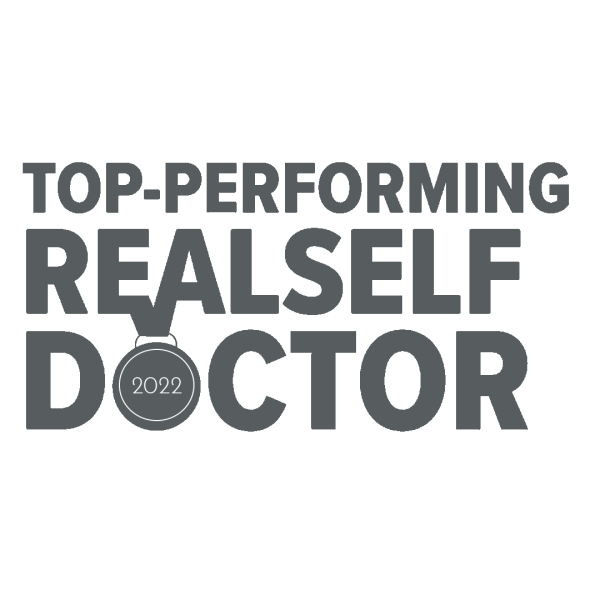
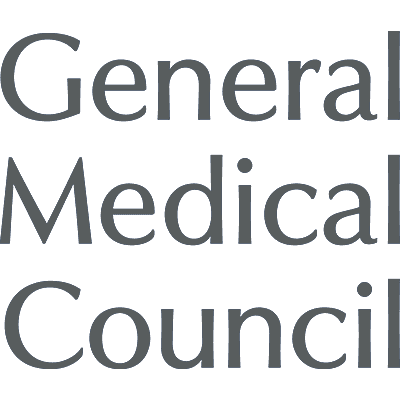
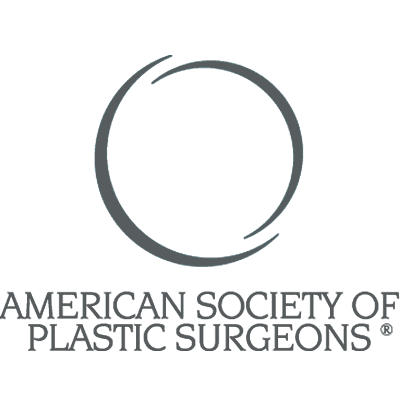

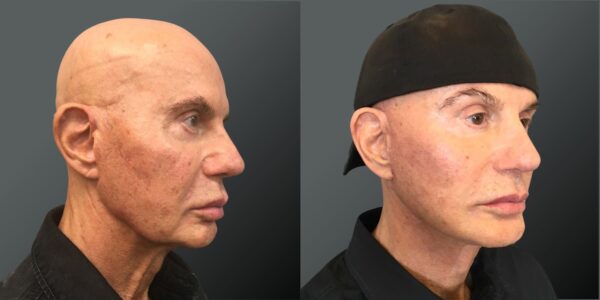

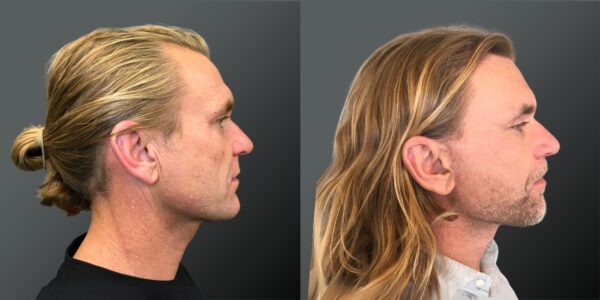

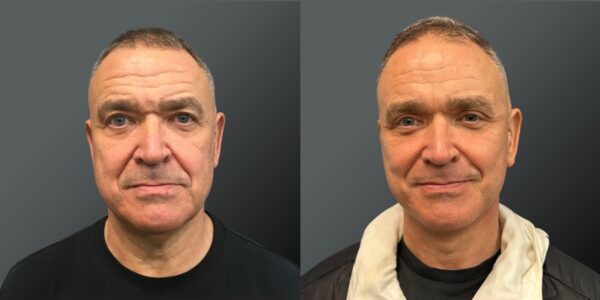
Please note, all consultations are subject to the applicable consultation change or deposit.

Dr Yannis £350 – Mr Reza £200
To request a surgical consultation, please complete this form.
Dr Yannis £350 – Mr Reza £200
